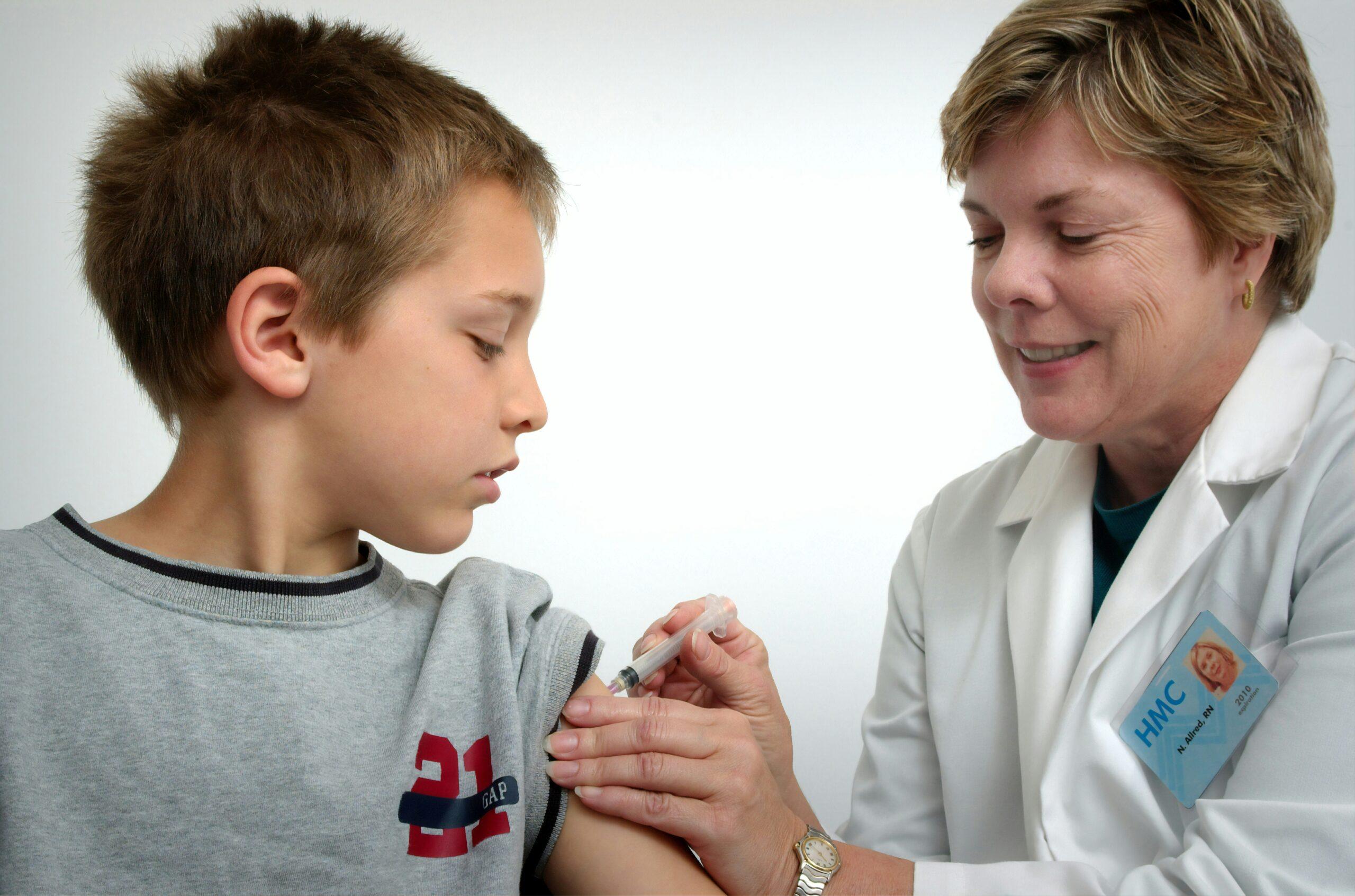As the new school year gets underway, September is generally a hectic month. While you are busy checking off your back-to-school to-do list, be mindful of the health needs of your children. After all, when school starts, so does flu season.
Influenza, also known as the flu, is one of the more common viruses that spreads easily and can affect everyone from classmates and teachers to entire families throughout the school year. Schools are particular hot spots for the spread of influenza because children spread the disease before they show symptoms and can continue to spread the virus for at least a week after symptoms have subsided.
Influenza is an infectious disease that can be very serious. Though anyone can get the flu, children tend to have the highest rates of infection. There is no way to know when or who influenza will strike, and no way to tell how a child’s body— healthy or otherwise— might handle this infection. For some, the flu can be mild. For others, it could mean hospitalization or even death. Even in mild cases, influenza can cause suffering from a high fever, head and body aches, coughing for days, and fatigue for up to two weeks or more. It’s not just a cold!
The good news is that vaccination offers an easy and effective method to prevent the occurrence and spread of this disease. As the single most effective way to prevent the disease and help keep your family healthy, influenza vaccination is recommended for everyone 6 months of age and older. There are two kinds of flu vaccines for children: the nasal spray and the injection. Both protect against the flu, but the nasal spray vaccine is only for healthy children ages 2 years and older. The injection can be given to anyone 6 months of age and older.
No two flu seasons are the same, and sorting through all of the available information and resources can be overwhelming. To make informed decisions about your family’s health, arm yourself with knowledge. Research from the National Foundation for Infectious Diseases (NFID) shows there are still a number of misconceptions among parents about the flu and the vaccine. Make sure you have all the facts.
Myth: If you or your child were vaccinated against the flu last year, you don’t need to get vaccinated this year.
Fact: Even if you or your child received the flu vaccine last season, you must be vaccinated every year to be fully protected against influenza. The flu vaccine is updated annually to offer the best protection. The flu viruses can change, and the protection from being vaccinated lasts only about a year.
Myth: Hand washing works just as well, or better, to prevent the flu.
Fact: Although hand washing helps prevent germs and viruses from spreading, it’s not enough for stamping out airborne infections such as influenza. (Even so, you and your family should always practice good hand hygiene to help stop the spread of viruses.) If you get the flu, antiviral drugs can treat the disease and prevent some serious flu complications when taken right after flu symptoms start.
Take Action: Use resources to find additional information.
Healthcare providers including your child’s pediatrician and school nurse are great resources and can offer important information about influenza vaccination. They can answer your questions about the vaccine, let you know if your child needs more than one dose, explain symptoms of the flu versus a cold and give you details about antiviral medications. If your child’s healthcare provider doesn’t discuss flu vaccination with you, don’t hesitate to bring it up and ask for the vaccine.
You can also find many reliable resources about the flu online at www.preventchildhoodinfluenza.org and www.nfid.org, the site for the NFID. The latter has multilingual tools and information as well as video clips addressing commonly asked questions. The Centers for Disease Control and Prevention (CDC) also has updated information at www.cdc.gov/flu, including details on how to find locations where the vaccine is available in your community.
Immunization for Adolescents
While your children should get the flu vaccine every year, it is just as important to ensure they are up to date on all other recommended vaccinations. Though most young children are fully vaccinated by the time they start school, necessary vaccines for older children and adolescents are often overlooked. Information about additional vaccines for growing and healthy children are listed below.
Primary Vaccines
Primary vaccines are those that every child should get at 11 or 12 years old.
- Meningococcal (meningitis, blood infections)*
- Tetanus, diphtheria and pertussis (Tdap)
- Human papillomavirus (HPV)**
- Influenza (1 dose annually for all adolescents through age 18)
* A booster dose is recommended at age 16
** Routine for females; also available for males
Catch-up Vaccines
“Catch-up” vaccines are for adolescents who were not immunized or not fully immunized as infants.
- Hepatitis B
- Polio
- Measles, mumps and rubella (MMR)
- Varicella (chickenpox)
Special Populations
Two vaccines are recommended for certain high-risk adolescents.
- Hepatitis A
- Pneumococcal (pneumonia, meningitis, blood infections)
For more information about vaccines for adolescents, visit adolescentvaccination.org.



